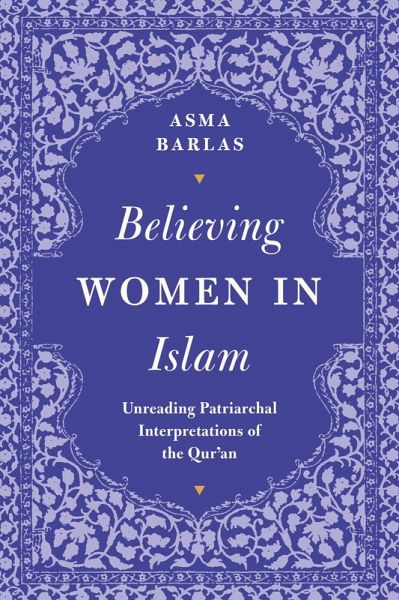



The Custom (ʿurf) based assumptions regarding Gender Roles and Norms in the Islamic Tradition: A Critical Examination Given that this is the only chapter that focuses on the modern period, the discussion is aimed more at breadth rather than depth. I also include a brief discussion of my own understanding of the concept of sunna as based on previously published work.
/s3/tark/images/NH/200805/06/860447.jpg)
They include Javed Ghāmidī, Fazlur Rahman, Muḥammad Shahrūr, and Ghulām Parwez. In this chapter, I examine the views of several prominent modernist Muslim scholars who have developed some innovative conceptual, methodological, and hermeneutical arguments and ideas regarding the question of the relative status of the sunna and hadïth as sources of legal authority vis-à-vis the Qur’ān and their normative role in Qur’ānic interpretation. modern context have with those of the classical period of Islam discussed in the previous chapters. Indeed, what is striking, as will hopefully become evident in the course of reading of this chapter, is the level of continuity that these discussions in the. The discussions and the debates on the nature of the concept of sunna and its conceptual, epistemological, and hermeneutical relationship with the concept of a sound ḥadīth and the Qur’ān continue to take place in modern Islamic studies. Barlas argues that the most crucial aspect of this process was the classical legal theory methodology of making the Qur’an depended on and dislodging its hermeneutical privilege vis-à-vis its own exegesis by that of the concept of Sunnah which was later conceptually conflated with the canonical ahadith body of literature. This process was “central in determining and defining religious epistemology and methodology, thus also to how Muslims came to read the Qur’an”(p. She does so systematically on both historical and hermeneutical grounds.On historical grounds (discussed in Part One, chapters two and three of the book), Barlas argues that the strong association between patriarchy evident in the most classical commentaries of the Qur’anic exegesis and the Qur’an itself (in the eyes of those who find the Qur’an to be a patriarchal text) is a result of the manner in which Muslim history has unfolded. Barlas’ book under review is in many ways a fascinating and incisive scholarly writing which purports to restore what the author views as the Qur’anic basis of sexual equality in Islam by freeing the Qur’an from the patriarchal nature of its classical and some modern exegesis (or as Barlas would argue eisegesis).


 0 kommentar(er)
0 kommentar(er)
